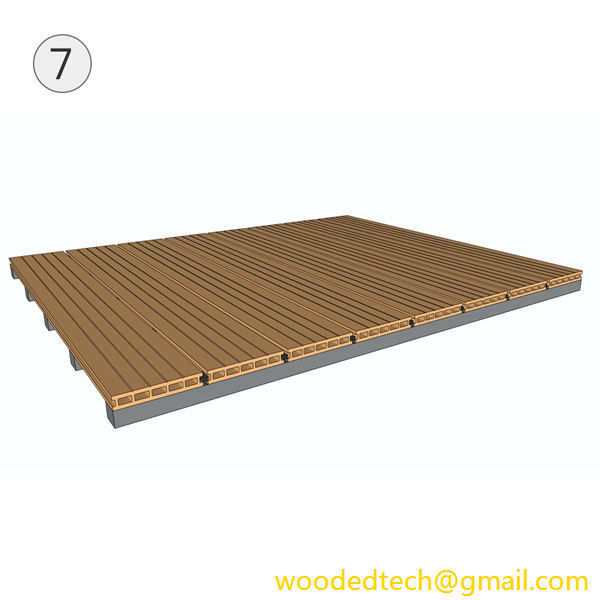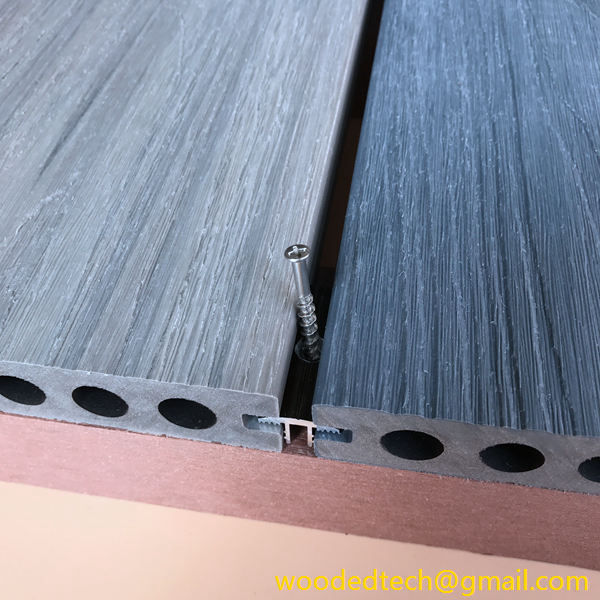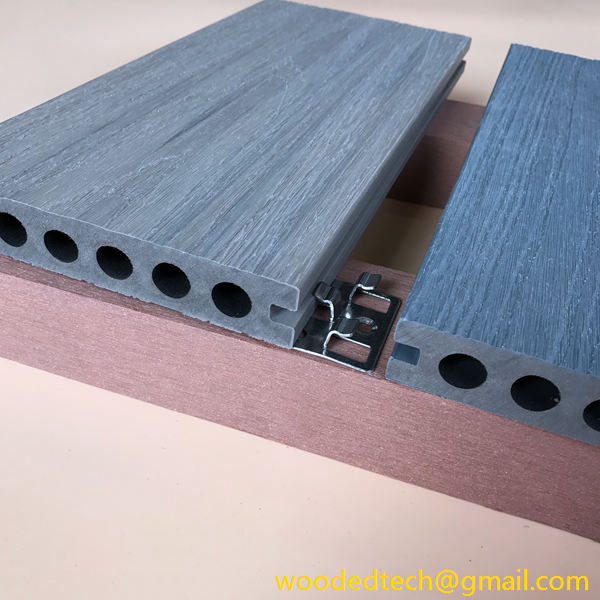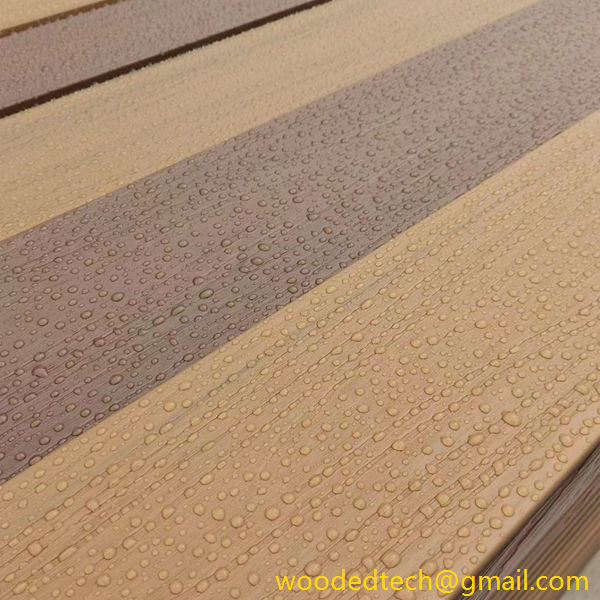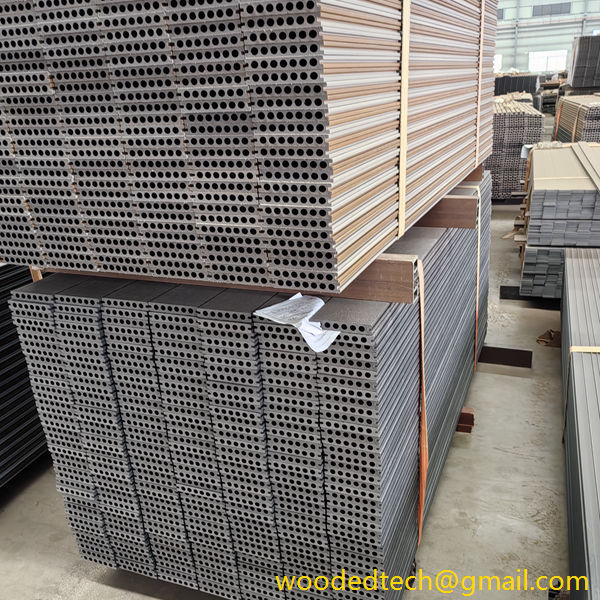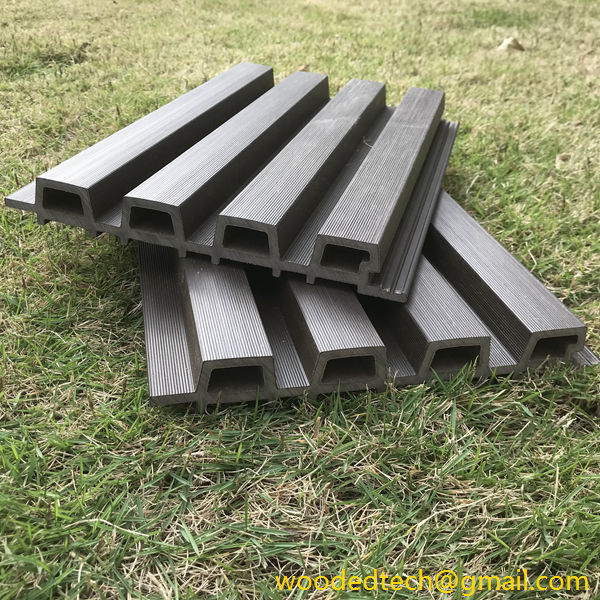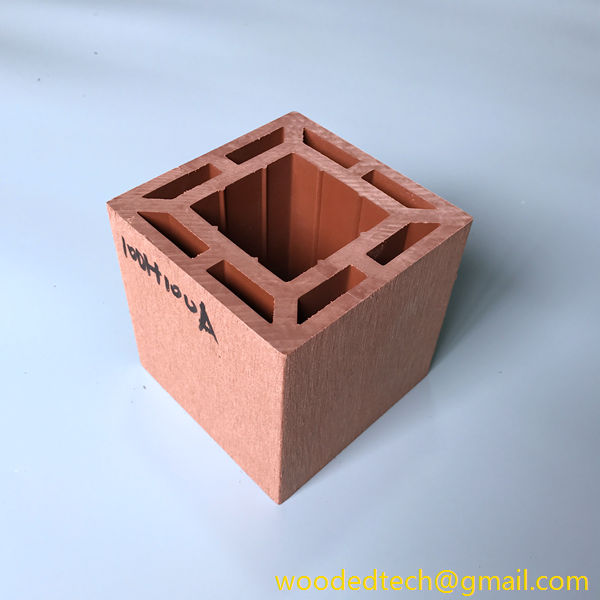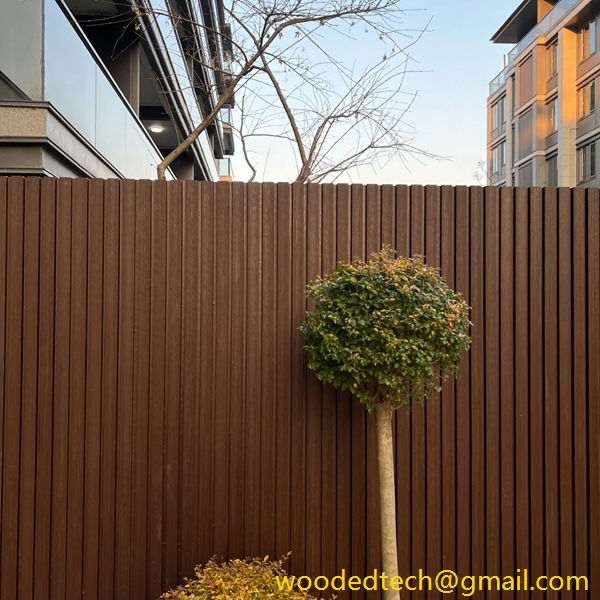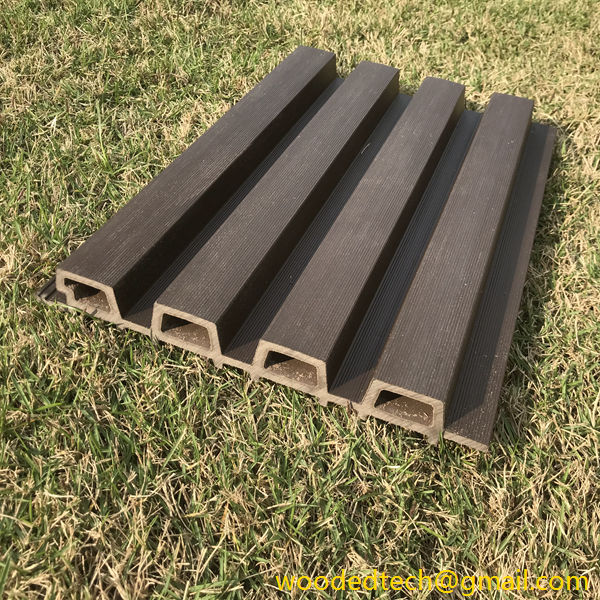Unir tablas de terraza de compuesto de extremo a extremo: Consejos y trucos
Unir tablas de terraza de material compuesto de extremo a extremo: Consejos y trucos Cuando se trata de crear un espacio de vida al aire libre, los suelos compuestos han ganado una inmensa popularidad entre los propietarios y constructores por igual. Las tablas de terraza de material compuesto ofrecen diversas ventajas, como durabilidad, bajo mantenimiento y atractivo estético. Sin embargo, uno de los aspectos cruciales de la instalación de...
Unir tablas de terraza de compuesto de extremo a extremo: Consejos y trucos
When it comes to creating an outdoor living space, composite decking has gained immense popularity among homeowners and builders alike. Composite deck boards offer a variety of benefits, including durability, low maintenance, and aesthetic appeal. However, one of the crucial aspects of installing composite decking is the proper technique for joining the boards end to end. A seamless connection not only enhances the visual appeal of the deck but also ensures its structural integrity over time. In this article, we will explore some valuable tips and tricks for joining composite deck boards end to end while considering various material styles.
The first step in joining composite deck boards is to understand the different types of composite materials available on the market. Composite decking is primarily made from a blend of wood fibers and recycled plastic, resulting in a product that mimics the appearance of natural wood while being more resistant to rot, insects, and fading. There are various styles and finishes available, including solid and hollow boards. Solid composite boards tend to be heavier and more durable, making them an ideal choice for areas that experience heavy foot traffic. On the other hand, hollow boards are lighter and can be easier to handle, but they may not be as robust in high-traffic areas.
Before embarking on the installation process, it is crucial to carefully plan the layout of your deck. Consider the orientation of your boards, as the direction in which they are laid can affect both aesthetics and performance. For example, laying the boards parallel to the house can create a cohesive look, while a diagonal layout can add dimension and visual interest. However, it is essential to ensure that the ends of the boards align properly for a clean finish. Take precise measurements and mark your cuts accurately to avoid any misalignment.
When cutting composite deck boards to length, using the appropriate tools is essential for achieving a clean cut. A circular saw with a fine-toothed blade is typically recommended for cutting composite materials. Additionally, it is important to use a straight edge or guide to ensure a straight cut, which will make it easier to join the boards end to end. After cutting, be sure to sand the edges lightly to remove any rough spots that could prevent a tight fit.
Once you have your boards cut to the desired length, it is time to focus on the joining technique. One popular method for joining composite deck boards end to end is through the use of hidden fasteners. These fasteners are designed to secure the boards without being visible on the surface, providing a clean and polished look. When using hidden fasteners, it is essential to install them according to the manufacturer’s instructions and ensure that they are spaced correctly to allow for expansion and contraction.
Another option for joining composite deck boards is to use traditional screws, although this method may not provide as seamless an appearance as hidden fasteners. When using screws, it is important to pre-drill holes to prevent the boards from splitting. This is particularly important when working with composite materials, which can be more susceptible to damage if not handled correctly. Additionally, choosing screws that are specifically designed for use with composite materials will help prevent corrosion and ensure a long-lasting connection.
In addition to the joining technique, it is also essential to consider the spacing between the boards. Composite decking can expand and contract with changes in temperature, so allowing for proper spacing is crucial to prevent warping or buckling. A general rule of thumb is to leave a gap of about one-eighth to one-quarter of an inch between each board. This spacing will allow for any movement the boards may undergo while still providing a visually appealing finish.
As you join the composite deck boards end to end, take the time to check for levelness. Ensuring that each board is level not only creates a more aesthetically pleasing surface but also prevents water pooling, which can lead to issues such as mold and mildew growth. Use a level or a straight edge to check each board as you install them, making adjustments as necessary.
Another tip to consider is the use of a butt joint or a staggered joint when joining boards. A butt joint involves joining two boards directly end to end, while a staggered joint offsets the joints of adjacent boards. Staggering the joints can provide additional strength and stability to the deck, as well as enhance its overall appearance. Consider the layout of your deck and choose the joint style that best suits your design goals.
Lastly, once the boards are joined and secured, it is important to maintain your composite deck over time. While composite materials require less maintenance than traditional wood, regular cleaning and inspections are still necessary. Make sure to clean your deck periodically to remove dirt, debris, and any potential stains. Additionally, inspect the joints and fasteners to ensure that everything remains secure and in good condition.
In conclusion, joining composite deck boards end to end is a critical aspect of creating a functional and visually appealing outdoor space. By understanding the different styles of composite materials, planning your layout carefully, using the appropriate tools and techniques, and maintaining your deck over time, you can achieve a beautiful and durable deck that enhances your outdoor living experience for years to come.

